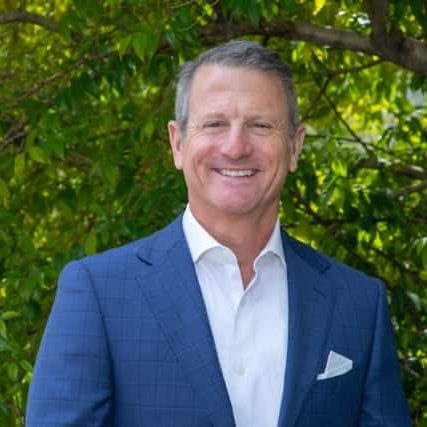Traveling can certainly influence perspective. I’ve rarely felt this more acutely than now, as I pen my thoughts for the May “Housing, Real Estate & Construction” issue.
As our editorial team wraps up their work on this issue, I find myself reflecting on what it takes to make a community thrive. And how we, as a community, must work with local developers, contractors and civic leaders to make decisions for the greater good as we address our post-fire, post-flood, highly bureaucratic and the low-unemployment ‘mishmash’ in the North Bay. I’m perched on a hotel barstool, working on my laptop as the sun sets upon the skyline of Tokyo, Japan. This is my backdrop as I consider the issues we face as a community, and weighing it against a two-week tour of Japan’s largest and most important cultural landmarks with my family.
We think we have issues?! Japanese cities are grappling with aging populations, limited natural resources, mind-numbingly low unemployment, and the constant spectre of Chinese domination looming over every political and economic decision. Domination is what China is focused on these days. Just for perspective, consider this: Starbucks Coffee is so bullish on China’s growth prospects that it has begun a vigorous expansion project throughout mainland China. Currently, a new Starbucks opens every 15 hours in China. Next year, Starbucks will expand into 100 previously undeveloped cities. China is massive and each of these cities already has a population larger than that of Los Angeles.
Despite their troubles, I have reason to believe the amazing people of Japan will rise above the challenges and continue to grow and pursue new ambitions with earnest. Certainly, my tour of Hiroshima and the atomic bomb blast sites flattened during World War II are as good a reflection of Japanese determination as any other. The world’s first above ground nuclear explosion on an August morning in 1945 instantly destroyed 60,000 to 90,000 buildings, and killed as many civilians, forced laborers and soldiers. More than 70 percent of all structures were destroyed and another 110,000 more would die from the staggering effects of radiation poisoning. Decades of struggle and effort were necessary to rebuild Hiroshima, and it serves today as a living example of what “resilience” truly means.
Fukushima, a smaller coastal town to the north, is living a similar experience to this very day. The scale of destruction and death doesn’t come close to Hiroshima’s atomic bombing. Yet 2011’s powerful earthquake, dramatic flooding and the subsequent collapse of its nuclear power plant will take Fukushima even longer than Hiroshima needed to recover. The molten nuclear fuel that escaped the reactors it originally powered is so toxic that, seven years later, no one can even approach it, much less remove it. (The remote-controlled robots purpose-built for this cleanup constantly fail because the radiation “kills” them, too!)
It wasn’t until 2015 that radiation levels within livestock, rice paddies and local fisheries dropped to “safe” levels. Currently, 80 percent of the residents have returned, but the original cost estimates have grown 11 times since the disaster occurred—now estimated at a cost of $200 billion-plus. The power plant’s decommissioning process will carry on at least another 30 years. And yet, few doubt that Fukushima will rebound. Japanese pride, ingenuity, resourcefulness and determination will overrun the inevitable obstacles. Rather than run from problems, those who live within this limited geography have little choice but to overcome them.
Do we have what it takes to overcome our own tragic moments in the North Bay? Does our determination and resourcefulness exceed our cynicism? Do we have what it takes to fully recover and move forward as we rebuild our communities?
We better damn well hope so; there’s too much at stake.



